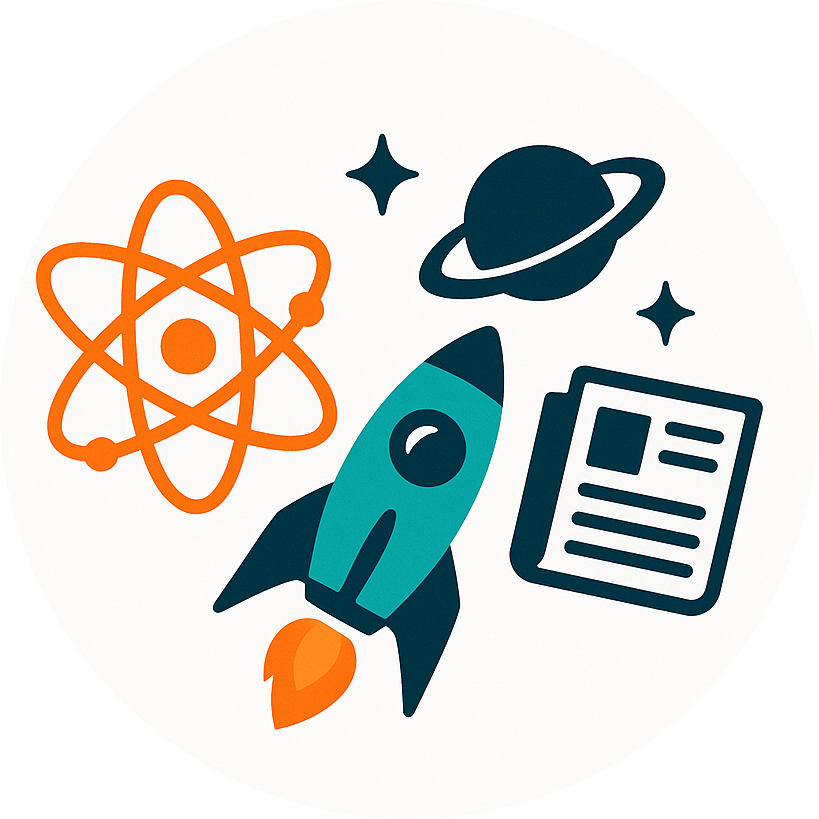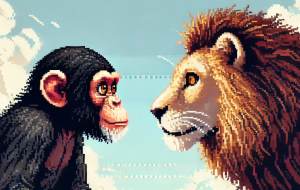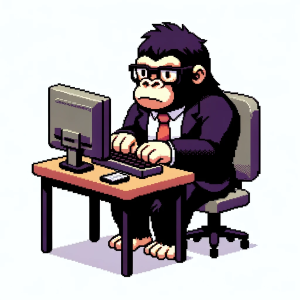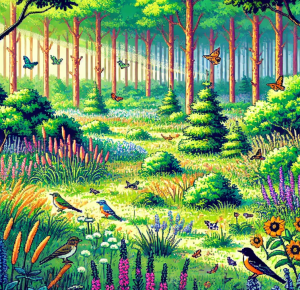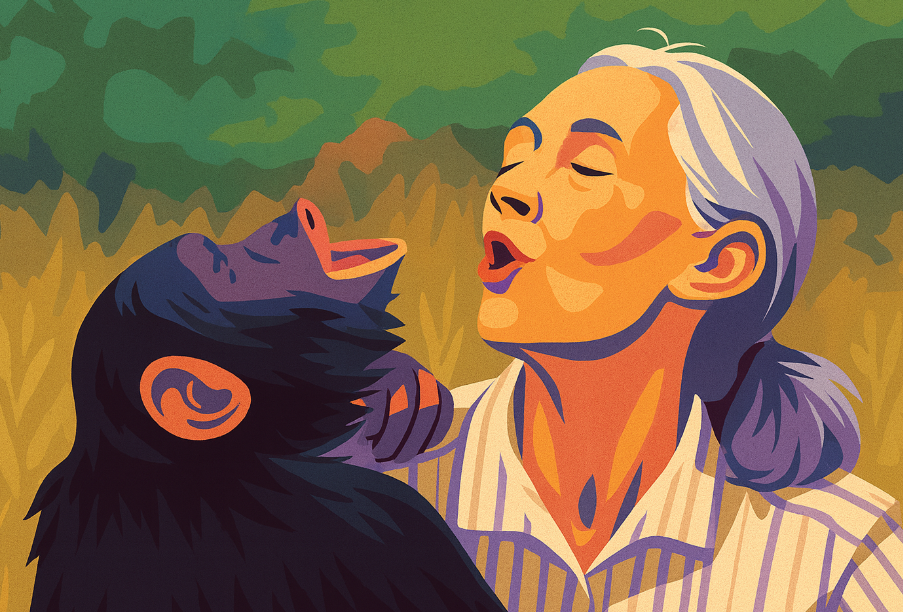
What Really Happens When Animals Use Tools: What Jane Goodall Saw.
Every tool you touch started out as something simpler — and so did a chimpanzee’s twig. But what if that twig tells us about what you are, too?
In a forest at Gombe, Tanzania, a chimp once picked up a stick, stripped its leaves, and poked it into a termite mound. When he pulled it out, hundreds of termites clung to it. He ate them. For years, scientists believed only humans made and used tools. Jane Goodall, who recently died at the age of 91, observed behaviors shattered that belief. Let’s revisit this widely cited 1964 study.
How a twig changed a field
Imagine walking to fetch water in your village, carrying a clay cup. You dip it, it fills, and you drink. That simple cup is a tool. Before Goodall’s time, biologists drew a bright line: humans use tools; animals just have instincts. But that twig experiment blurred that line. Goodall spent months watching chimpanzees around termite mounds. One day, a chimpanzee named David Greybeard (so named because his chin hairs were slightly grey) plucked a long grass stalk, inserted it, and waited. In that moment, “toolmaker” stopped being a uniquely human label.
She didn’t stop at observation. Over years, she documented many chimpanzees doing this “termite fishing,” even modifying twigs (stripping leaves, selecting stems), showing intention and learning. This was the “aha” moment: chimpanzees don’t just use tools; they make and customize them.
There was resistance. Some critics argued Goodall’s feeding of chimps or interference might have changed their behavior. She acknowledged the possibility—but pushed back: the shape of the behavior held even where intervention was minimal.
What did we think — vs. what we now know
We thought: tool use = exclusively human.
The data said: chimpanzees make, adapt, learn—and do more.
That means the boundary between “us” and “them” is thinner than many believed. In one sweep, Goodall expanded our empathy, our understanding of intelligence, and our perspective on nature.
But this isn’t just academic. In places across Africa, Asia, Latin America, communities live at the interface of nature and people. Understanding that animals—especially primates—have intelligence changes how we design reserves, prevent conflict (crop-raiding, encroachment), and teach children about coexisting. If chimps can learn and adapt, so too can conservation programs.
A forest in India, a city in Brazil, a scientist in Nigeria
Picture a small forest fragment near a village in Assam, India. Elephants raid crops at night; villagers retaliate. What if local people could teach elephants simple nonviolent deterrents using learned behavior—leveraging animals’ ability to change (informed by Goodall’s insights)? The principle: animals are not fixed automatons.
Or in Brazil, imagine urban green patches where capuchin monkeys pick locks or manipulate latches to get fruit. Might they be customizing sticks or stones in their own local “tool traditions”? This idea might inform how we design urban fences, gardens, or community awareness campaigns.
For an early-career scientist in Nigeria studying forest monkeys, Goodall’s legacy encourages you to look for small behaviors—modifications, learning, adaptation—that others would dismiss as random. Those small moments often hold the keys to big insights.
Why this matters now
- Conservation with respect: Recognizing animals as learners and individuals strengthens calls for more humane interventions.
- Conflict prevention: If animals adapt, you can design deterrents that adapt too (not one rigid fence).
- Cultural humility in science: Goodall challenged “humans always above, animals always below.” That flips power dynamics, which is crucial in non-Western research settings.
- Cross-disciplinary curiosity: What if microbes, plants, or insects also have “tool-like” adaptations we’ve ignored? Goodall’s example pushes you to see possibility in the overlooked.
And here’s where it gets interesting… this twig experiment was just the start.
Early in her work she also documented chimpanzee aggression, hunting of monkeys, even intra-troop violence. These darker behaviors unsettled the romantic idea of peaceful “noble savages.”
Suddenly, the animal world looked more human—but also more dangerous. That meant we had to rethink our moral frameworks, our conservation priorities, and even the way we tell stories about “wildness.”
Let’s Explore Together
Jane Goodall’s early discovery was deceptively simple—a chimp uses a stick—and yet it rippled across science, philosophy, and conservation. It reminds us: big changes often come from little observations.
- Could you test tool-like behavior in your region’s animals (insects, birds, mammals)?
- What small act—leaf stripping, twig bending, stone turning—has been overlooked in your field?
- How would recognizing learning and adaptation in other species shift how your community interacts with wildlife?
Let’s share ideas. What would you test next, if you had just one field season and a notebook?
